Some movie lawmen keep the peace with patience and grit while others chase trouble straight into the storm. However they work a case, the big screen has given us sheriffs who define their towns, test their limits, and face down danger when everyone else takes a step back. This list looks at standout sheriffs from across genres and eras, focusing on the roles they play in their communities, the choices they make under pressure, and the way their stories push the plot forward.
To keep things simple, you’ll find characters from thrillers, westerns, horror, action, and even a bit of dark comedy. Each entry notes the actor, the film where the sheriff appears, and a little production context. You’ll also see which studio handled release, because how a film reached audiences can be a quiet part of why these roles stuck in the culture.
Sheriff Hoyt
 New Line Cinema
New Line CinemaR. Lee Ermey’s Sheriff Hoyt prowls the backroads in the remake of ‘The Texas Chainsaw Massacre’. The character operates as the local face of a violent clan, using a badge and a squad car to control crime scenes and bend terrified travelers to his will. The film reimagines the backstory of the family and places Hoyt between the killers and the outside world, which lets the script turn a routine stop into a trap.
New Line Cinema brought this version of ‘The Texas Chainsaw Massacre’ to multiplexes, pairing the studio’s marketing muscle with a modern slasher tone. Production leaned on practical grime and oppressive sound design, and Hoyt’s presence links the police apparatus to the killers’ domain. That connection lets the story move quickly from search to capture while grounding the chaos in something that looks like official authority.
Sheriff J. W. Pepper
 United Artists
United ArtistsClifton James turns up as Sheriff J. W. Pepper in ‘Live and Let Die’ and again in ‘The Man with the Golden Gun’. He is a parish lawman who blusters into high speed chases and accidental encounters with a British spy, which gives the films a local policing angle during elaborate set pieces. The character’s brief scenes show how a small jurisdiction reacts when global intrigue rips through a quiet road.
United Artists distributed both ‘Live and Let Die’ and ‘The Man with the Golden Gun’, shaping their release windows and international rollout. The films use regional flavor and practical stunt work to stage Pepper’s run-ins with tricked-out speedboats and cars. Those elements make the sheriff a recognizable checkpoint between everyday traffic stops and the larger spy plot roaring past him.
Sheriff John Quincy Wydell
 LionsGate
LionsGateWilliam Forsythe’s Sheriff John Quincy Wydell hunts a family of killers across ‘The Devil’s Rejects’. He works the case with a personal motive, taking the investigation from procedural steps into a relentless pursuit that blurs lines between justice and revenge. The film follows his methods as they harden, which shifts the power balance between law enforcement and the criminals he stalks.
Lions Gate Films handled distribution for ‘The Devil’s Rejects’, aligning the release with the studio’s interest in hard-edged genre fare. The production leans on handheld camerawork and a dusty color palette that fits Wydell’s increasingly scorched path. That look and the soundtrack’s needle drops frame the sheriff’s tactics as part of the film’s grindhouse texture.
Sheriff George Bannerman
 Warner Bros.
Warner Bros.Marshall Bell plays Sheriff George Bannerman in ‘Cujo’, where he becomes the point of contact between a small town and a domestic crisis spiraling out of sight. Bannerman’s investigation intersects with missing persons reports and a series of warnings that never quite connect in time. His scenes show how rural distance and routine assumptions can delay urgent help.
Warner Bros. distributed ‘Cujo’, positioning a contained survival story for mainstream audiences. The film builds tension through limited locations and a focus on two central characters, which means the sheriff’s role must carry the weight of the wider community response. That structure lets his arrival mark a shift from private terror to public reckoning, even as events overtake standard procedure.
Sheriff Alan Pangborn
 Columbia Pictures
Columbia PicturesEd Harris steps in as Sheriff Alan Pangborn for ‘Needful Things’, where a mysterious shop owner trades trinkets for escalating favors. Pangborn becomes the thread that ties together pranks, grudges, and property damage as they evolve into violent clashes. His knowledge of the town’s history helps the plot map how small resentments can be turned into a coordinated breakdown.
Columbia Pictures released ‘Needful Things’, presenting a character-driven thriller drawn from a well-known novel. The filmmaking keeps the sheriff near the center of town meetings, crime scenes, and late-night confrontations. That proximity gives audiences a procedural vantage point while the story tests how much pressure a community can take before it fractures.
Sheriff Cobb
 Columbia Pictures
Columbia PicturesBrian Dennehy’s Sheriff Cobb holds power with a friendly smile in ‘Silverado’, managing a frontier town through alliances that favor certain cattle and certain men. The plot tracks how land disputes and hired guns reinforce his grip until a group of drifters challenges the setup. Cobb’s scenes show how a badge can legitimize private interests when a settlement grows faster than its rules.
Columbia Pictures distributed ‘Silverado’, supporting a wide release for a large-scale western with ensemble appeal. The production uses location shooting, expansive sets, and classical framing to stage the sheriff’s authority across saloons, streets, and jail cells. Those choices help the film outline the civic infrastructure that makes Cobb’s version of law feel permanent, right up until it is not.
Sheriff Will Teasle
 Orion Pictures
Orion PicturesBrian Dennehy appears again as Sheriff Will Teasle in ‘First Blood’, where a routine vagrancy push-along sets off a chain of pursuit, escalation, and jurisdictional strain. Teasle’s department faces a veteran who refuses to comply, and the story shows how ego and misunderstanding can turn a minor incident into a county-wide manhunt. His command decisions become a case study in how not to contain a situation.
Orion Pictures released ‘First Blood’, framing a tight action thriller around mountainous locations and practical effects. The production emphasizes radio chatter, command posts, and search grids that place the sheriff at the center of an expanding operational map. That framework lets the audience see each step that pushes the conflict beyond local control.
Sheriff Ray Owens
 LionsGate
LionsGateArnold Schwarzenegger plays Sheriff Ray Owens in ‘The Last Stand’, a border town lawman who must block a cartel leader sprinting for freedom. The character organizes a small squad, repurposes local resources, and converts streets into choke points. The film lays out the town’s geography in detail so the sheriff’s plan feels like a lived-in answer to a sudden threat.
Lionsgate distributed ‘The Last Stand’, pairing large-scale action with a compact setting. The release emphasized the return of a genre star while the production leaned on car stunts, cornfield tactics, and improvised barricades. That blend positions the sheriff as a tactical lead whose knowledge of every alley and fence line guides the final showdown.
Sheriff Lee Bodecker
 Netflix
NetflixSebastian Stan’s Sheriff Lee Bodecker sits at the crossroads of ambition and corruption in ‘The Devil All the Time’. He maintains a public image while making private bargains that touch nearly every violent turn in the story. His campaign schedule overlaps with crime scenes, which shows how electoral pressures can shape a lawman’s choices in small but cumulative ways.
Netflix distributed ‘The Devil All the Time’ as an original film, leveraging the platform to reach a global audience simultaneously. The production intercuts the sheriff’s storyline with several families, and the edit uses his office as one of the few stable locations. That structure helps track the web of favors and debts that keep him in motion until the threads snap.
Sheriff Buford Pusser
 Cinerama Releasing
Cinerama ReleasingJoe Don Baker portrays Sheriff Buford Pusser in ‘Walking Tall’, charting a real-life lawman’s push against vice operations in a Tennessee county. The film depicts raids, courtroom battles, and reprisals that detail how a rural department fights entrenched clubs and payoffs. Pusser’s home life appears alongside patrol work, which highlights the personal cost of the campaign.
Cinerama Releasing Corporation handled distribution for ‘Walking Tall’, bringing a gritty regional story to national attention. The production favors on-location shooting, plainspoken dialogue, and prop work that gives weight to the sheriff’s famous club. Those choices keep the narrative close to local roads and local rooms where his campaign plays out.
Sheriff Freddy Heflin
 Miramax
MiramaxSylvester Stallone’s Sheriff Freddy Heflin keeps order in ‘Cop Land’, a New Jersey town built for officers who work across the river. He manages noise complaints and fender benders until a missing person case exposes a web that reaches past his small department. The story uses Heflin’s hearing issues and cautious demeanor to explain how he navigates a community that thinks it polices itself.
Miramax Films released ‘Cop Land’, steering a character-centric crime drama with a stacked ensemble into theaters. The film’s production design contrasts the town’s quiet streets with cramped apartments and back rooms where deals are made. That contrast positions the sheriff as the only official who can thread together testimony, union politics, and jurisdictional blind spots.
Sheriff Little Bill Daggett
 Warner Bros.
Warner Bros.Gene Hackman’s Little Bill Daggett runs the law in ‘Unforgiven’, balancing a strict ban on firearms with punishments that raise difficult questions. His enforcement style shapes the town’s economy and safety while creating tensions with visiting gunmen. The film documents how building codes, curfews, and informal negotiations can hold a settlement together until old reputations ride in.
Warner Bros. distributed ‘Unforgiven’, backing a carefully paced western that foregrounds aging, consequence, and community rules. Production emphasizes muddy streets, dim interiors, and weathered architecture that make every arrest and beating feel like part of the town’s foundation. Those textures help the sheriff’s presence dominate scenes even when he says very little.
Sheriff Ed Tom Bell
 Miramax
MiramaxTommy Lee Jones’s Ed Tom Bell reflects on a changing world in ‘No Country for Old Men’, opening each day with coffee, crime scene photos, and a quiet sense of duty. The story shows him tracking cat-and-mouse violence through motels, ranch roads, and border towns. Bell’s interviews and methodical observations give the audience a clear view of procedure while the central killer remains barely within reach.
Miramax and Paramount Vantage handled the U.S. release of ‘No Country for Old Men’, bringing a restrained thriller to wide viewers through a prestige rollout. The film’s sound mix, long takes, and natural light keep Bell’s work grounded amid bursts of sudden violence. That approach lets the sheriff’s words and silences carry as much weight as any chase.
Sheriff Martin Brody
 Universal Pictures
Universal PicturesRoy Scheider’s Martin Brody takes the badge in ‘Jaws’, the police chief of a beach town that faces a deadly threat offshore. He coordinates beach closures, corrals local officials, and partners with outside help to protect residents and tourists. The film tracks his shift from managing summer crowds to organizing a targeted hunt, using maps, radios, and a boat that becomes a floating command post.
Universal Pictures released ‘Jaws’, shaping a nationwide rollout that redefined how a suspense film can dominate the season. The production combines ocean location work with careful editing and sound to build Brody’s investigation from rumor to confirmed danger. That pipeline shows how a coastal municipality adapts its playbook when a natural hazard refuses to stay out at sea.
Sheriff John T. Chance
 Warner Bros.
Warner Bros.John Wayne’s John T. Chance holds the line in ‘Rio Bravo’, a county sheriff who refuses to release a prisoner despite pressure from a powerful rancher. He builds a small team to guard the jail, using the town’s layout and steady routines to outlast a siege. The film lays out patrol schedules, supply runs, and the risks of a simple walk down Main Street, which explains how a few deputies can anchor public order.
Warner Bros. distributed ‘Rio Bravo’, presenting a town-bound western that favors strategic movement over grand cattle drives. The production’s interior sets and tight framing keep the sheriff’s office at the story’s center while saloons, stables, and porches become tactical positions. That design makes every door, window, and alley part of Chance’s plan to keep the cell keys exactly where they belong.
Share your own favorite big-screen sheriffs in the comments and tell us who you’d add to the list.

.jpeg)
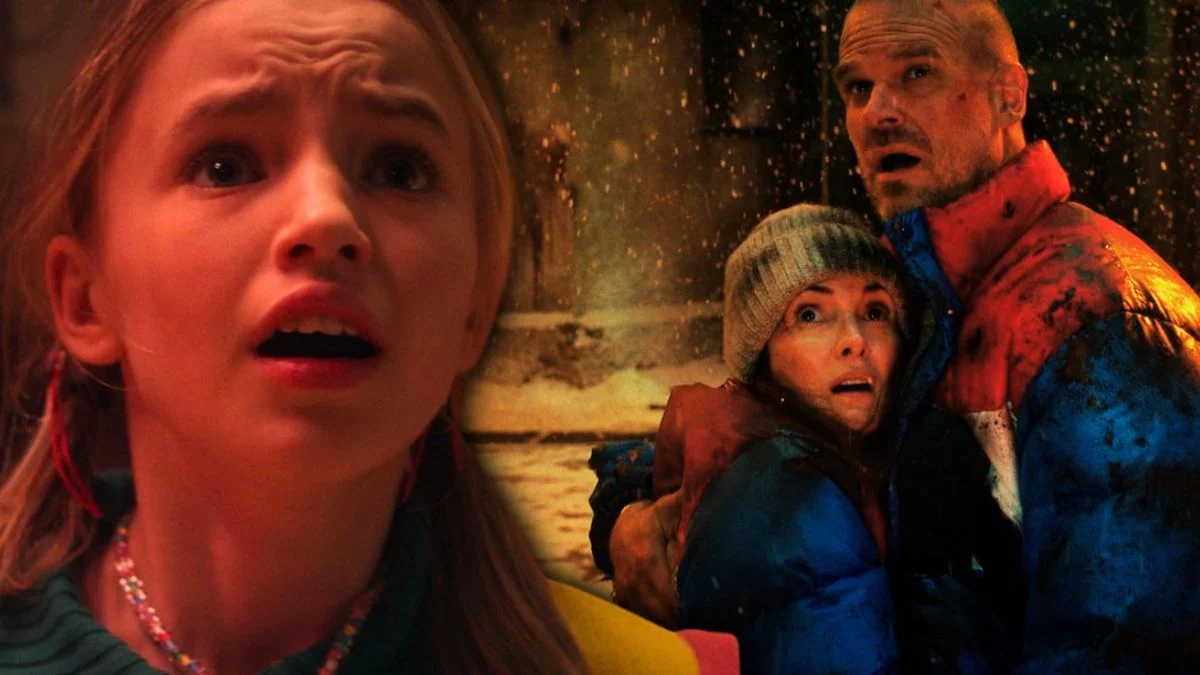

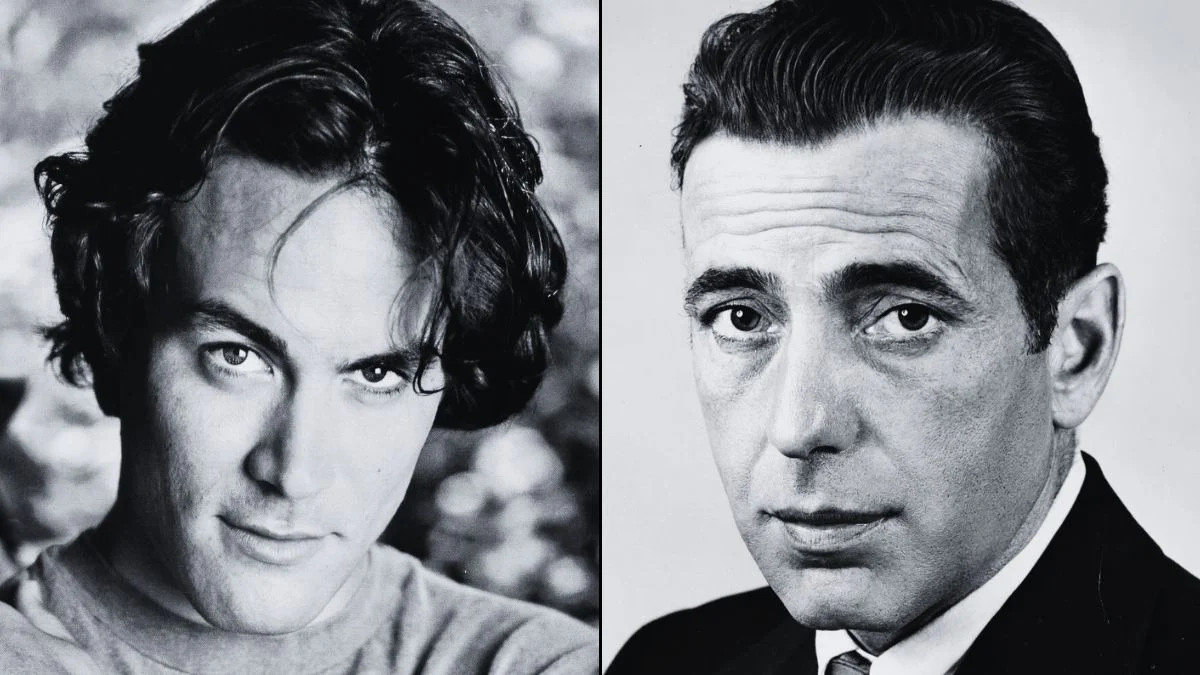

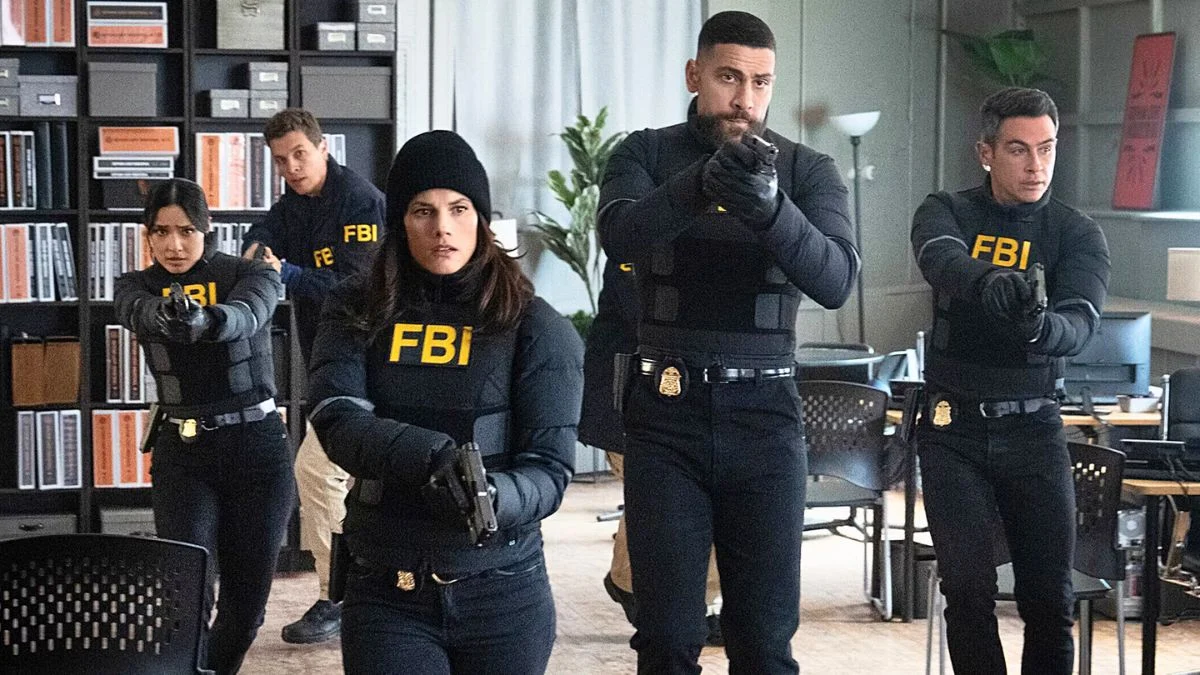






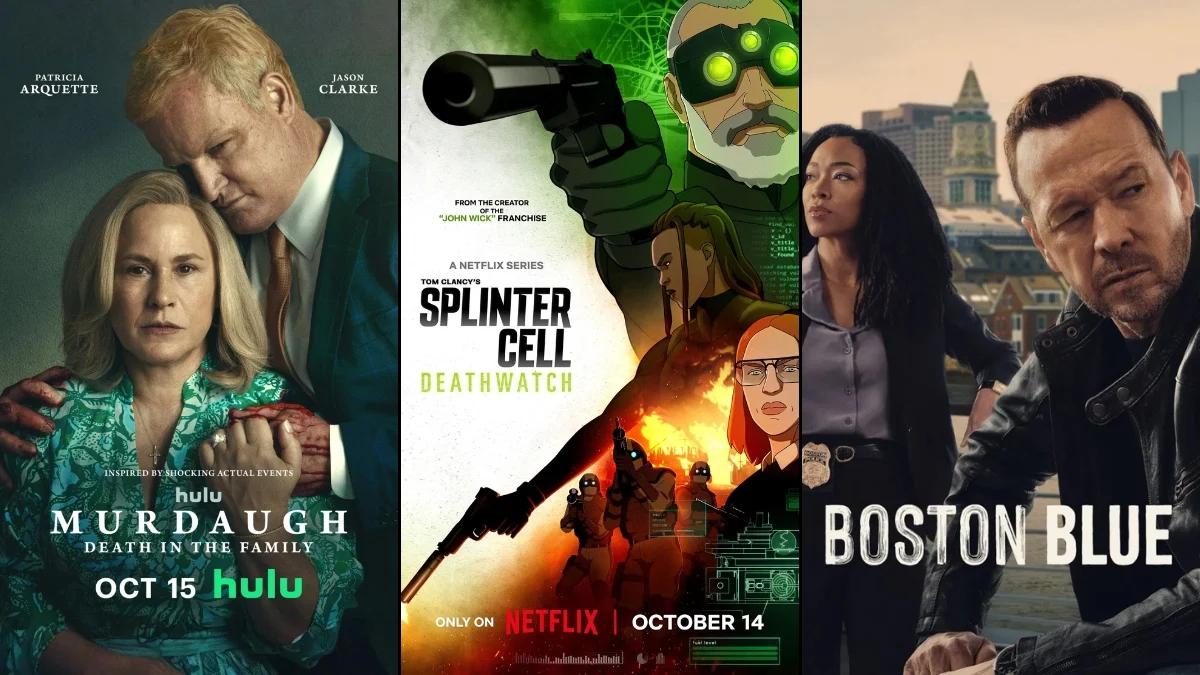

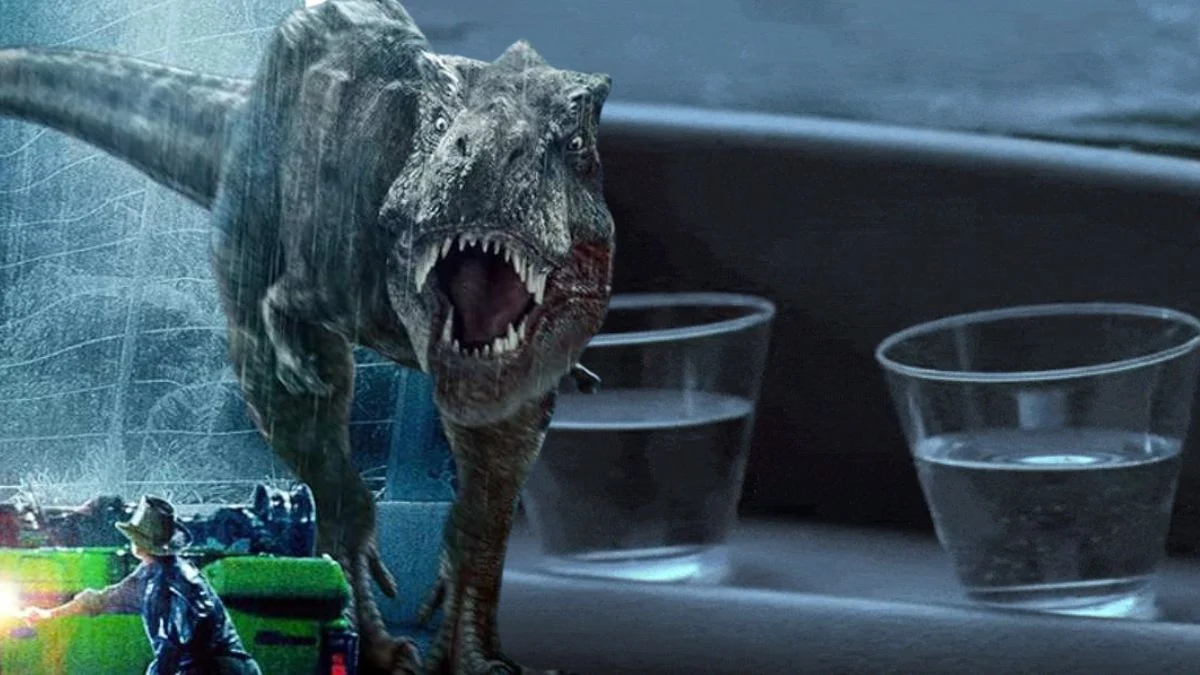

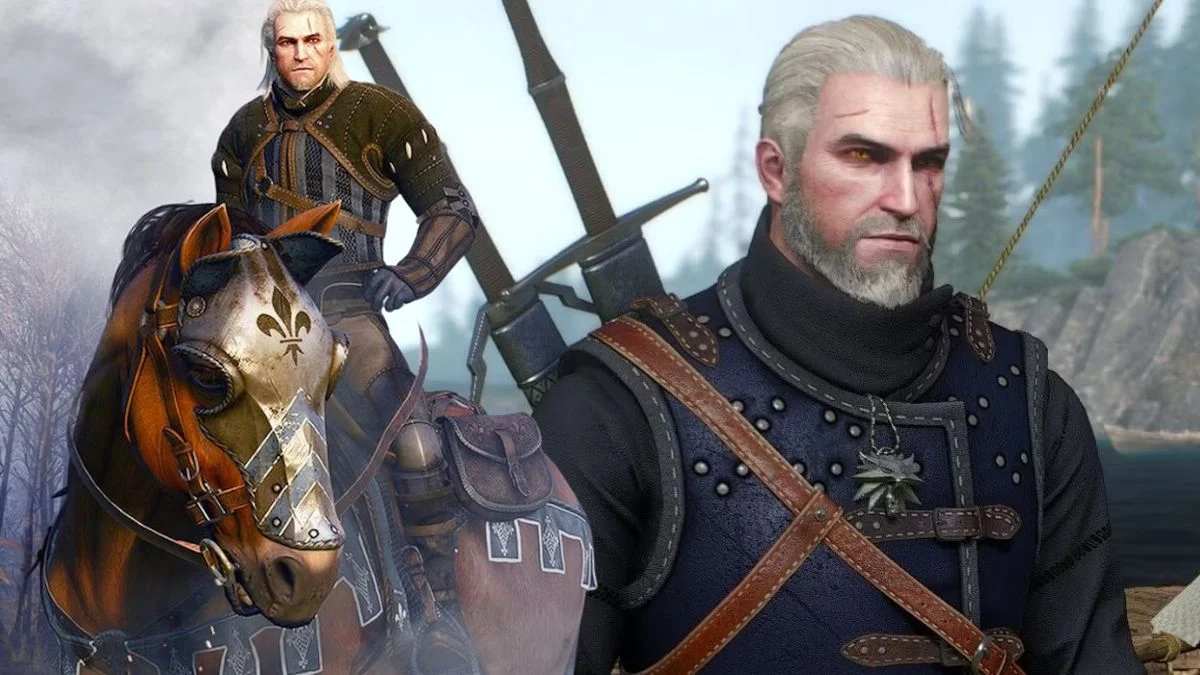
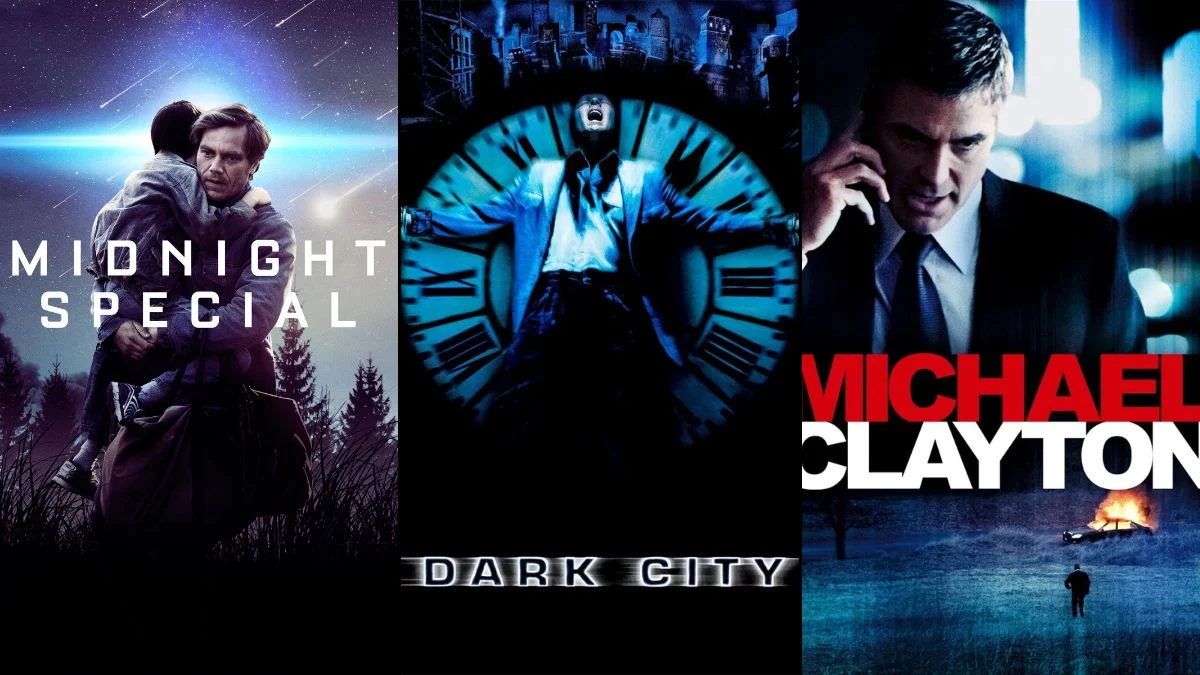
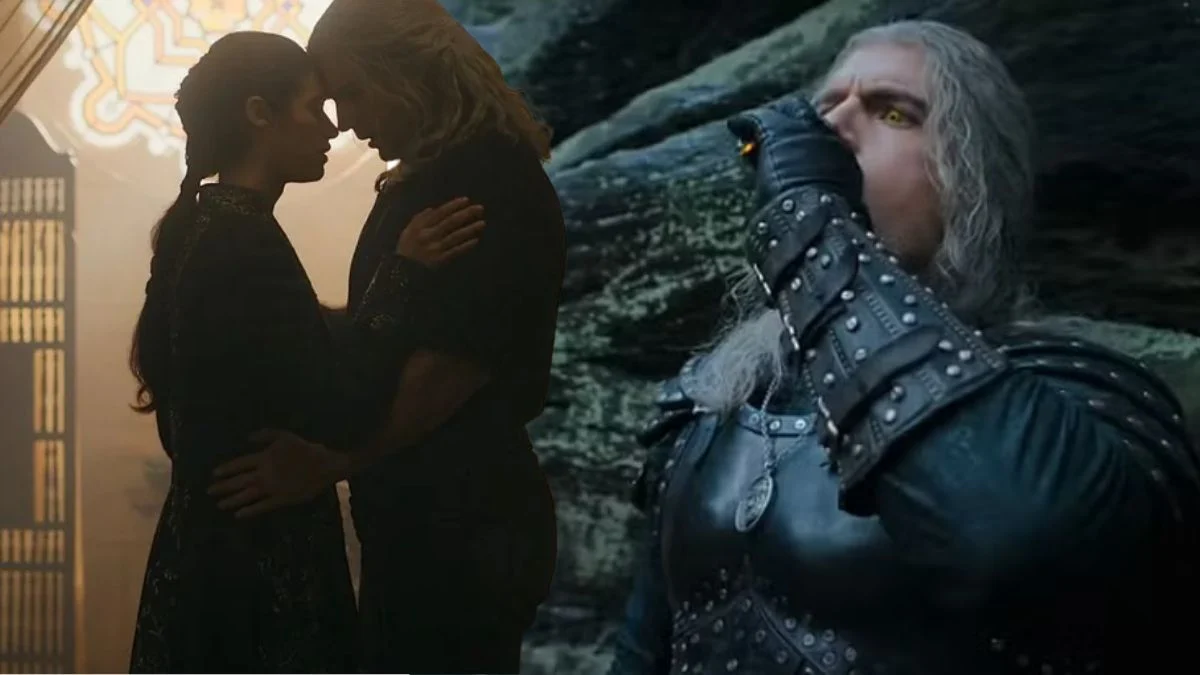



.jpeg)













 English (US) ·
English (US) ·